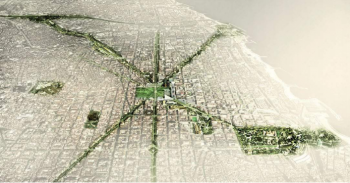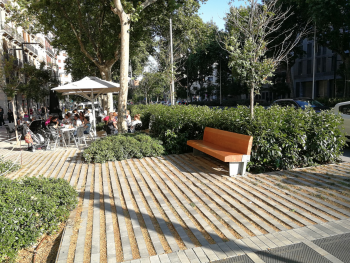Assessing urban recreation ecosystem services through the use of geocache visitation and preference data: a case-study from an urbanised island environment
Submitted by mbalzan on 1 June 2018This national case-study assesses the use of Geocaching data to assess recreational ecosystem service delivery in the small island state of Malta. More specifically, the objectives of the study are to assess:
- the influence of the ecosystem type, distribution and accessibility on recreational ecosystem services delivery, and
- on the actual use (flow) of this ecosystem service measured using both geocache visitation data and questionnaires with geocachers that allow for a better understanding of their motivation determining ecosystem service flow.




















